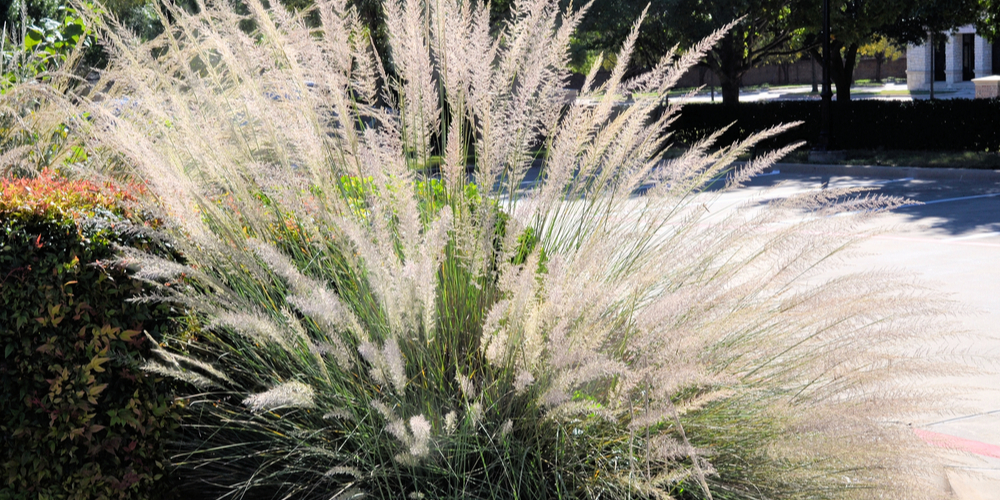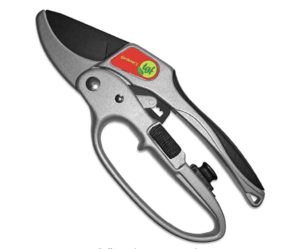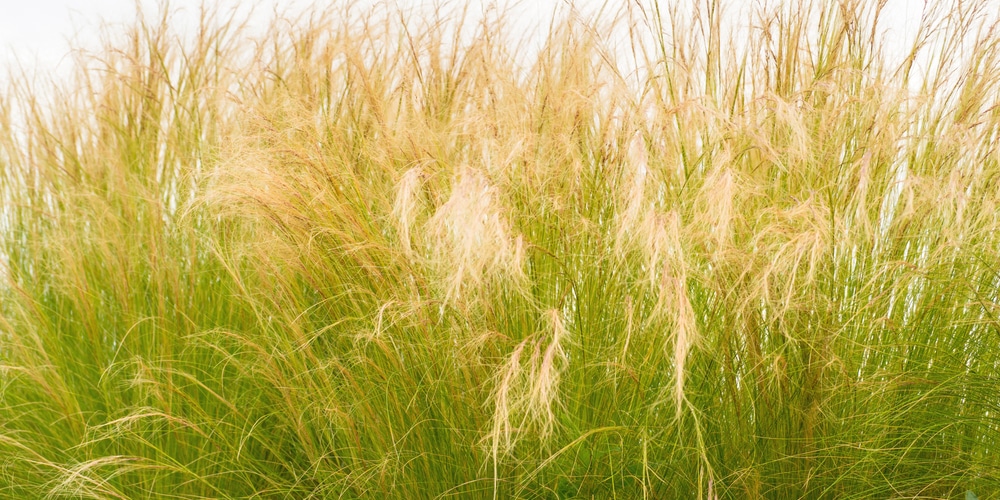As anyone who has tried it knows, cutting ornamental grasses can be a real pain. The tough, fibrous blades quickly dull even the sharpest blade, and trying to cut through a thick tangle of grass can be an exercise in frustration. But there are a few tools that can make the job much easier.
When to Cut Back Ornamental Grasses

Ornamental grasses add interest and texture to the landscape but can become overgrown and unruly if not properly maintained. Ornamental grass is grouped into three major categories: cool season, warm season, and evergreen. Knowing which group your grass belongs to will help you determine the best time to cut it back.
Evergreen
Evergreen grasses, as the name implies, remain green year-round. They can be cut back any time of year, but it is best to do so in late winter or early spring before new growth begins.
Cool-season
Cool-season grasses grow best in spring and fall under moderate temperatures. They tend to be less resilient in the heat of summer but can still tolerate some warmer weather.
It’s important to prune cool-season grasses in early spring before they begin actively growing. Cut the grass back by two-thirds, leaving one-third of the blades in place.
This will help to encourage new growth and prevent the plant from being damaged. Some examples of cool-season grasses include fescues, autumn moor grass (Sesleria), tufted air grass (Deschampsia), and blue oat grass (Helictotrichon).
Warm-season
Warm-season grasses are often some of the garden’s most beautiful and ornamental plants. They come in a wide range of colors, sizes, and shapes, and they can add interest and texture to the landscape when other plants are dormant.
These grasses begin growing in mid to late spring, and they thrive during the summer months. However, warm-season grasses will turn brown in winter. If you want to keep your garden looking tidy, you can cut back these grasses in the fall.
Some common warm-season grasses include Japanese silver grass (Miscanthus sp.), prairie cordgrass (Spartina), hardy pampas grass (Erianthus), switchgrass (Panicum), northern sea oats (Chasmanthium), and perennial fountain grass (Pennisetum).
What Are The Best Tools For Cutting Ornamental Grasses?
Ornamental grasses are a beautiful addition to any garden, but they can be tricky to keep under control. If you’re looking for the best tool to help you keep your ornamental grasses in check, you need to consider your options carefully.
Bungee Cord
Although not a tool used to cut, a bungee cord is important when tidying up your ornamental grasses. A bungee cord can be used to gather up the long leaves of your grasses so you can trim them more easily. It’s also useful for bundling several stems together so you can cut them all at once.
Pruning Shears
Pruning shears are a versatile tool that can be used for various gardening tasks, including cutting ornamental grasses. These shears have long, sharp blades that can easily cut through thick grasses. They also have a handle that gives you more leverage and control over the blade.
Hedge Trimmer
A hedge trimmer is a powerful tool that can make quick work of cutting ornamental grasses. Hedge trimmers are available in electric and gas-powered models and come with either a double-sided or single-sided blade.
The double-sided blade is more effective at cutting through thick grasses, while the single-sided blade is better for trimming around flower beds and other garden features.
Loppers
Loppers are a type of pruning shear that has long handles and blades. This makes them ideal for cutting ornamental grasses that are too tall or difficult to reach with regular pruning shears.
No matter what tool you choose, it’s important to use it properly to avoid damaging your ornamental grasses. Be sure to read the manufacturer’s instructions carefully before using any new tool, and always wear gloves and eye protection when working with sharp blades.
Helpful Tips For Cutting Ornamental Grasses
- Start by removing any dead or dying grasses. These can be easily pulled up by hand or cut away with a pair of pruning shears.
- Next, use a bungee cord or garden hose to gather the long leaves of your ornamental grasses into a bundle. This will make it easier to trim the grasses evenly.
- If you’re using a hedge trimmer, be sure to hold the blade at a slight angle when cutting. This will help prevent damage to the blades and the grasses.
- When cutting with pruning shears, cut at a 45-degree angle. This will help the new growth to appear fuller and healthier.
- As you trim, keep an eye out for any pests or diseases. These can spread quickly through a garden, so removing infected plants is important as soon as possible.
With these helpful tips, you’ll be able to keep your ornamental grasses looking their best!
Conclusion
Now that you know the best tools for cutting ornamental grasses, you can get to work keeping your yard looking its best. With a little time and effort, you’ll have a beautiful space to enjoy all season long.
Related Article: When to Transplant Ornamental Grass

